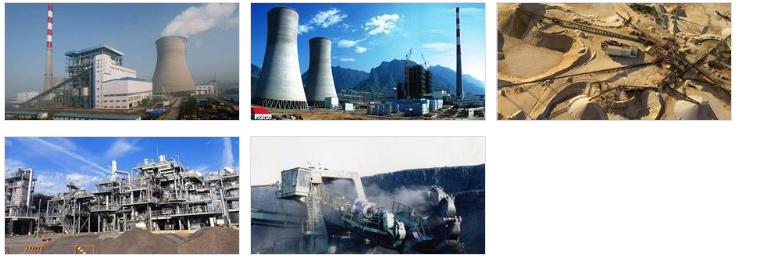English
- Afrikaans
- Albanian
- Amharic
- Arabic
- Armenian
- Azerbaijani
- Basque
- Belarusian
- Bengali
- Bosnian
- Bulgarian
- Catalan
- Cebuano
- Corsican
- Croatian
- Czech
- Danish
- Dutch
- English
- Esperanto
- Estonian
- Finnish
- French
- Frisian
- Galician
- Georgian
- German
- Greek
- Gujarati
- Haitian Creole
- hausa
- hawaiian
- Hebrew
- Hindi
- Miao
- Hungarian
- Icelandic
- igbo
- Indonesian
- irish
- Italian
- Japanese
- Javanese
- Kannada
- kazakh
- Khmer
- Rwandese
- Korean
- Kurdish
- Kyrgyz
- Lao
- Latin
- Latvian
- Lithuanian
- Luxembourgish
- Macedonian
- Malgashi
- Malay
- Malayalam
- Maltese
- Maori
- Marathi
- Mongolian
- Myanmar
- Nepali
- Norwegian
- Norwegian
- Occitan
- Pashto
- Persian
- Polish
- Portuguese
- Punjabi
- Romanian
- Russian
- Samoan
- Scottish Gaelic
- Serbian
- Sesotho
- Shona
- Sindhi
- Sinhala
- Slovak
- Slovenian
- Somali
- Spanish
- Sundanese
- Swahili
- Swedish
- Tagalog
- Tajik
- Tamil
- Tatar
- Telugu
- Thai
- Turkish
- Turkmen
- Ukrainian
- Urdu
- Uighur
- Uzbek
- Vietnamese
- Welsh
- Bantu
- Yiddish
- Yoruba
- Zulu
Telephone: +86 13120555503
Email: frank@cypump.com
Oct . 11, 2024 09:49 Back to list
submersible pumps
Submersible Pumps An Overview
Submersible pumps are specialized devices designed to operate while submerged in fluids, typically water or sewage, making them essential in various applications across industries. Unlike standard pumps that function above the fluid surface, submersible pumps are immersed directly in the liquid they are pumping. Their unique design offers several advantages, making them a popular choice for numerous scenarios, including residential, commercial, and industrial applications.
One of the primary advantages of submersible pumps is their efficiency in moving fluids from lower to higher elevations. This is particularly beneficial in applications such as groundwater extraction, where the pump’s submerged position allows it to push water to the surface without needing suction - which can be less effective over long distances. This unique design also helps minimize the risk of cavitation, a phenomenon that can damage standard pumps when air pockets form in the fluid being pumped.
Submersible pumps are commonly used in residential settings for basement drainage, dewatering flooded areas, and even in well water systems. In agriculture, they are invaluable for irrigation purposes, allowing farmers to access groundwater efficiently. Industrial settings often utilize submersible pumps to handle wastewater, sewage, and other fluids, ensuring effective disposal and treatment. Their robustness makes them suitable for handling abrasive and corrosive materials, a critical consideration in many industrial processes.
submersible pumps

The construction of a submersible pump is designed to withstand the conditions of the environment it operates in. These pumps typically feature a hermetic sealing that prevents water from entering the motor and other electrical components. This is accomplished through the use of oil-filled motors, which not only provide lubrication but also facilitate efficient heat dissipation. Many modern submersible pumps are crafted from corrosion-resistant materials, such as stainless steel, ensuring durability and longevity even in harsh environments.
Additionally, submersible pumps come equipped with various features to enhance their operation. For instance, many models incorporate automatic float switches that enable the pump to turn on or off based on fluid levels, providing convenience and energy savings. Advanced models may even offer variable speed controls, allowing users to adjust the pump's performance based on specific demands.
Despite their many advantages, several factors should be considered when selecting a submersible pump. It is crucial for users to assess the required flow rate, depth, and the nature of the fluid being pumped. These considerations will help ensure that the pump is adequately sized and designed for its intended application. Regular maintenance is also essential to ensure optimal performance and prevent potential failures.
In conclusion, submersible pumps are versatile and efficient devices capable of performing various pumping tasks. Their ability to operate effectively under water positions them as a key player in sectors ranging from residential to industrial applications. By understanding their features, benefits, and operational requirements, users can make informed decisions that enhance their fluid management processes.
-
ISG Series Vertical Pipeline Pump - Chi Yuan Pumps | Advanced Engineering&Industrial Efficiency
NewsJul.30,2025
-
ISG Series Pipeline Pump - Chi Yuan Pumps | High Efficiency, Energy Saving
NewsJul.30,2025
-
ISG Series Vertical Pipeline Pump-Chi Yuan Pumps|High Efficiency&Reliable Performance
NewsJul.29,2025
-
ISG Series Vertical Pipeline Pump|High Efficiency&Low Noise
NewsJul.29,2025
-
ISG Series Vertical Pipeline Pump - Chi Yuan Pumps Co., LTD.|High Efficiency, Energy Conservation, Low Noise
NewsJul.29,2025
-
ISG Series Vertical Pipeline Pump-Chi Yuan Pumps Co., LTD.|High Efficiency&Energy-Saving
NewsJul.29,2025










